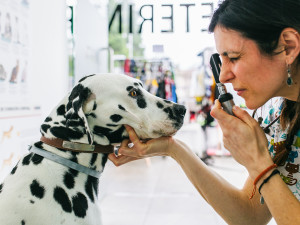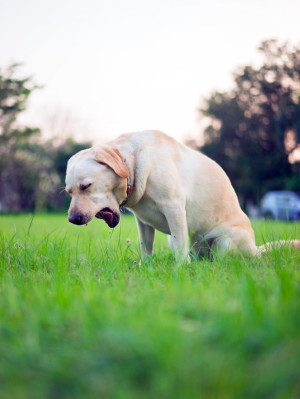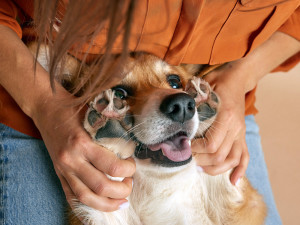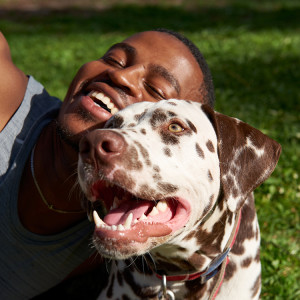Here’s Why Your Dog’s Breath Is the Worst
It might be a sign of a bigger issue
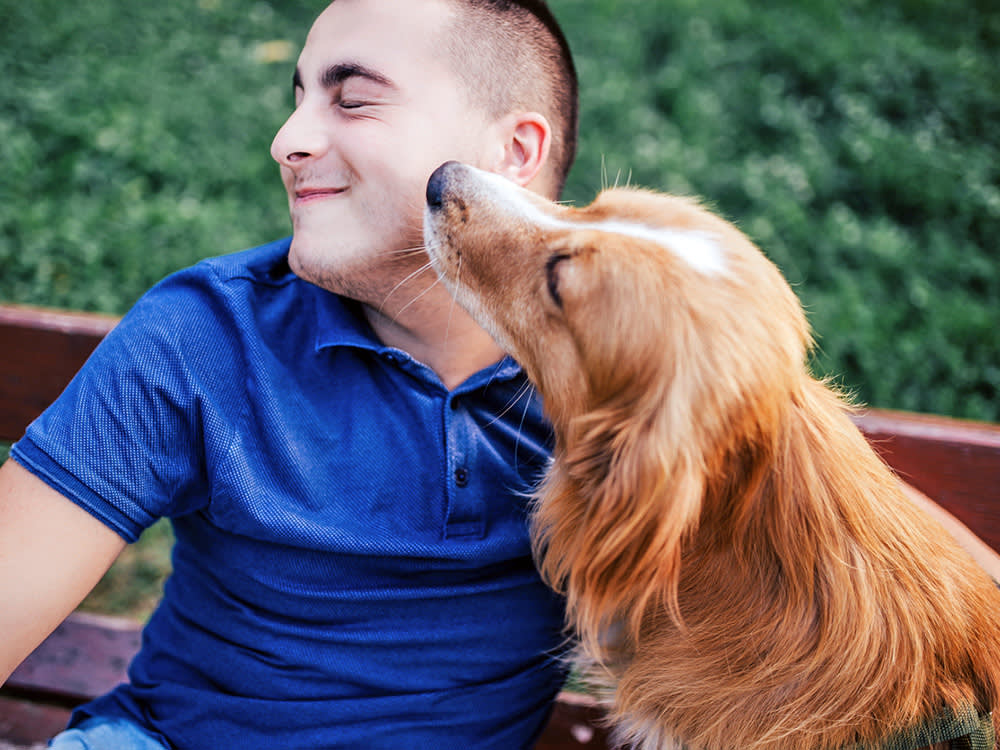
Share Article
It’s a classic problem: you’re bending down to give your bestie a big old kiss on their perfect nose, but the sweetness of the moment is ruined by a not-so-sweet smell coming from their snout. Dogs aren’t exactly known for minty-fresh breath but strong stenches are often a sign of a bigger problem.
Halitosis is the fancy word for bad breath, and it can point to underlying issues. It’s most often attributed to dental disease, but there are many other reasons for stinky kisses that should be on your radar.
Causes for a dog’s bad breath
Is your dog’s bad breath a symptom of something more serious lurking below? Below are some of the main culprits.
Metabolic
There are several metabolic causes of bad breath in dogs; these include diabetes and uraemia.
Diabetes in dogs causes sweet-smelling breath.
Uraemia develops with kidney failure when the body cannot clear urea and nitrogen waste products from the blood. With kidney problems, you’ll likely find your dog’s bad breath smells like ammonia.
Respiratory
There are several respiratory causes of bad breath in dogs; these include cancer and foreign objects.
inflammation of the sinuses or nasal passages
cancer/tumours
foreign objects up the nose, such as a piece of stick, food or even a lodged grass seed
Mouth
Diseases of the mouth, periodontal (gum) disease, abscesses, trauma or injuries and the following are all common causes of bad breath in dogs.
ulceration of the tissues of the mouth, which can happen with kidney disease or other trauma
inflammation of the throat or tonsils
cancer/tumours
foreign objects lodged in the mouth, between the teeth or in the throat
bacterial, fungal and viral infections
Dietary
There are several dietary causes for bad breath in dogs, including what type of food or non-edible items your dog might eat.
eating offensive-smelling food
eating other odorous substances, such as faeces
Trauma
Believe it or not, other causes of bad breath in dogs include electric cords and consuming laundry detergent or any other chemical substances due to the damage, irritation, ulceration, trauma or burn when it contacts the delicate surface of the soft tissues within the mouth including the tongue.
electric-cord injuries, such as biting a live wire
fractures
exposure to caustic agents, such as detergent (seriously)
Miscellaneous
There are several other causes of bad breath in dogs; these include infection of the skin and autoimmune diseases.
An autoimmune condition where the body can attack itself because it ‘sees’ its own tissues as foreign.
Diseases caused by masses in the mouth containing a type of white blood cell known as an eosinophil or eosinophilic granuloma complex.
An infection of the skin folds around the lips known as lip-fold pyoderma.
Diagnosing bad breath
Bad breath in dogs is an easy diagnosis to make: just smelling your dog’s breath at home is the first step. If there is a weird odour, halitosis is present, and there’s a problem. As the list above illustrates, a full spectrum of potential sources of bad breath exist, and as varied as these potential causes can be, sometimes the first clinical sign observed in many of them is odour.
If the diagnosis is not obvious from a peek in the mouth (such as poor oral health and periodontal (gum) disease), you will need to take steps to check for other diseases. Once your vet discovers the cause of the bad breath, they can tell you what to do next.
The major takeaway message is that halitosis is not a disease in itself, but that bad breath in dogs is a sign of disease. While bad breath generally indicates an unhealthy mouth, there are many potential causes, and you should definitely take your pup in for a vet visit.
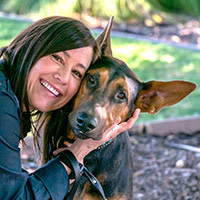
Dr. Shea Cox, DVM, CVPP, CHPV
Dr. Shea Cox is the founder of BluePearl Pet Hospice and is a global leader in animal hospice and palliative care. With a focus on technology, innovation and education, her efforts are changing the end-of-life landscape in veterinary medicine.
Related articles
![Same sex couple with their dog lying on the bed laughing at his farts]()
Here’s Why Your Dog Farts So Much
Expert solutions for your pup’s flatulence
![Labrador sitting in the grass coughing]()
What to Do If Your Dog Eats Something They Shouldn’t
Whether it’s socks, stones or an affair partner’s underpants (true story), a vet weighs in on how what to do when your dog swallows something that wasn’t on the menu
Why Do My Dog’s Paws Smell Like Corn Chips?
That familiar corn chip aroma may simply seem quirky, but don’t ignore it
![Woman lying on bed with dog, dog is looking up at the woman and licking her in the face]()
Should I Let My Dog Lick Me On The Face?
How many kisses is too many kisses?
![A smiling man with short black hair sitting on the grass outside leaning on his Dalmatian dog who is also smiling showing clean teeth]()
8 Dental Products to Keep Your Dog’s Teeth Gleaming
The toothbrushes, dental wipes and breath fresheners that’ll keep your pup smiling


